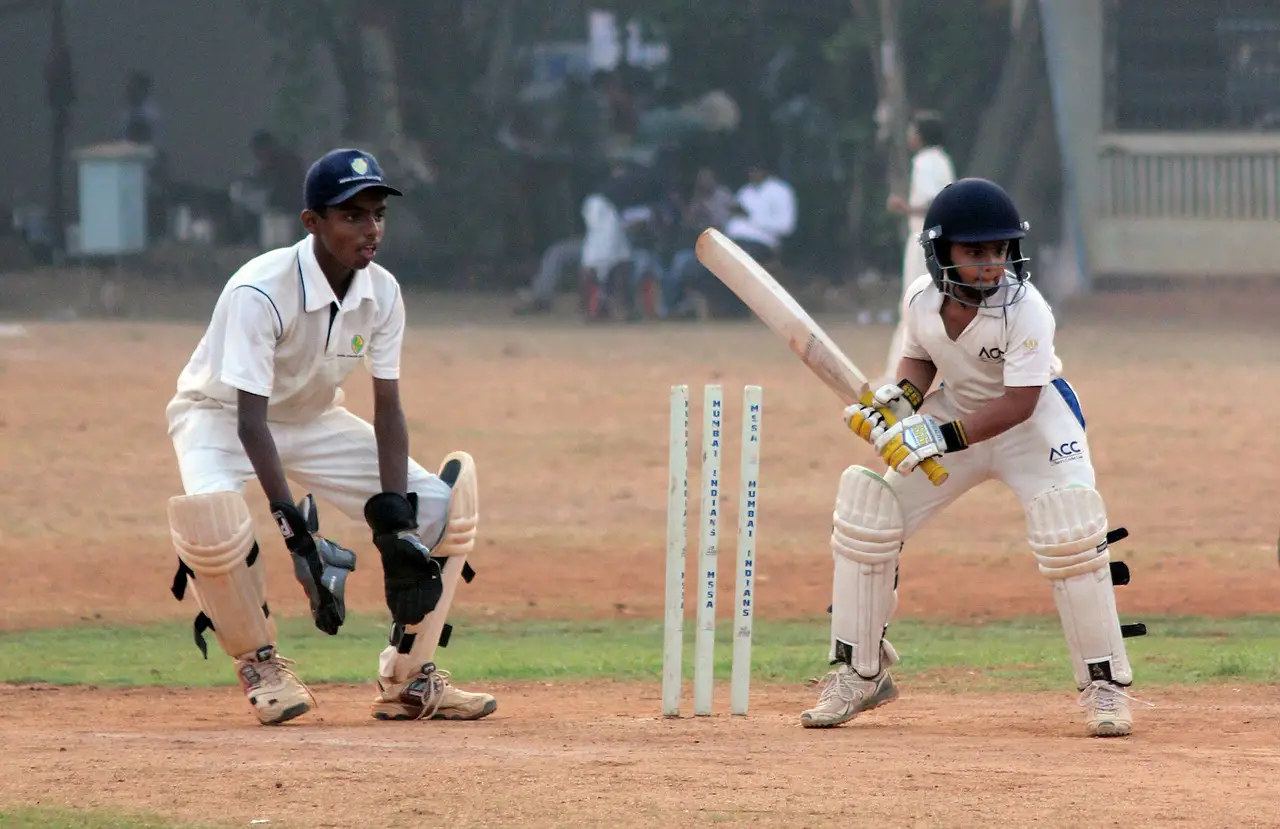Cricket Bat Materials: Exploring the Different Types of Wood
As one of the most iconic pieces of sporting equipment, cricket bats have a long and distinguished history. From their humble origins in 17th century England to their modern day use on leading international fields, cricket bats have always been made from wood. But what kind of wood is used to make these handcrafted instruments?
This article will explore the various types of wood that are used for traditional cricket bat production, as well as discussing some other materials now being employed by manufacturers. We’ll also look at how different woods affect the performance and durability of a bat, so you can choose a model best suited to your needs.
Types of Wood Used in Cricket Bats
The two primary types of timber typically used when making cricket bats are English willow (Salix alba) and Kashmiri willow (Salix excelsa). Both species boast light yet strong characteristics that provide superior playing performance while still allowing for flexibility during contact with the ball. As such, they are ideal for producing quality bats with excellent levels of touch and durability.
English willow is often preferred over Kashmiri due to its denser material composition which makes it more resilient against impacts from hard balls at high speeds – particularly suitable if you’re using hard T20 or plastic balls in practice sessions! It also has better grain structure than Kashmiri which helps improve shock absorption properties even further; although this does mean that English willow is usually more expensive than it’s Kashmiri counterpart too.
Other woods such as poplar (Populus spp.) may be employed by some manufacturers but these tend not to offer similar performance characteristics compared to Willows; having said that they do usually come at much lower prices! Some producers may even opt for synthetic materials like carbon fibre or Kevlar reinforced composites but again these don’t generally provide an optimal playing experience unless you’re specifically looking for something very lightweight or fast through swing speed – which isn’t necessarily ideal when batting out in the middle!
Why Choose Quality Wood?
The key reason why we recommend opting for premium woods like those mentioned above is because they produce better performing bats overall – regardless whether it’s on softball pitches or hardcourts up against harder balls such as tennis balls etc.. This means longer lasting handles & edges along with increased responsiveness off-centre hits plus improved feel when connecting with shots all combine together into one great package! In addition there’ll also be less vibration travelling back through your hands upon impact too – meaning greater comfort during playtime without compromising hitting power either way…so win-win really!
Choosing quality wood doesn’t just ensure optimum performance though; it can help preserve your beloved piece(s) far longer too since wooden models tend not only be stronger & less prone towards warping/splintering compared with synthetics but look better aesthetically speaking after many years’ worth wear-and-tear too 😉 So if you’re serious about enjoying your time out there then investing wisely into good quality wooden products should definitely pay dividends down the line.
In conclusion, choosing between different types of timber available on today’s market depends largely upon personal preference and budget considerations – however we’d suggest going down traditional routes whenever possible since they offer proven benefits across longevity/performance criteria versus cheaper alternatives no matter where/what type game(s) played ultimately turns out being 😉 Happy swinging everyone!!

